
Is it really about love, or it is about the affection effect? Branding and marketing strategies with love as the focus.
Some thoughts:
It’s been proffered that there’s an emerging phrasing of love in advertising and marketing promotion. I don’t think it’s new, actually. We’ve been writing about it for longer than that — to the reference, perhaps — a year or more.
Brand psyche
Cupcakes
Michelle Obama
Shoes
Anthropologie
Steve Jobs
Tao Bao
Michael Jackson
Pochi Bukuro
We love: love brands.
We love NYC, speaking of the heart full. We’ve told that story, too.
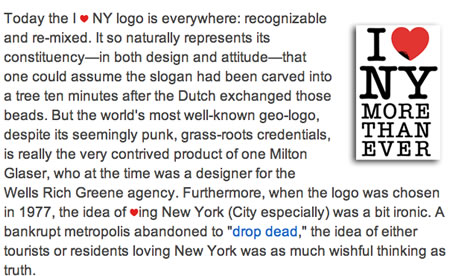
Subaru, for example, offers:
“I love my Subaru” is one of the most-used phrases we hear from Subaru drivers about our brand. That’s why our new marketing campaign created by our agency of record, Carmichael Lynch, is based on the strong emotional bonds Subaru owners develop with their vehicles.
By focusing on the love Subaru owners have for their car, Subaru challenges non-owners: “Do you love your car?”
The positioning, of course, it is about the notion of owner love. And in the conversations of one owner to another is about the best community building program that a car dealer or brand can hope for. To the complexion of creating a planning modeling for how to create that interactive / brand interrelationship taking that message-image-video sharing online is a quick way to infect a populace (possible client community). They’ve taken that stance, as well. Subaru channel is here.
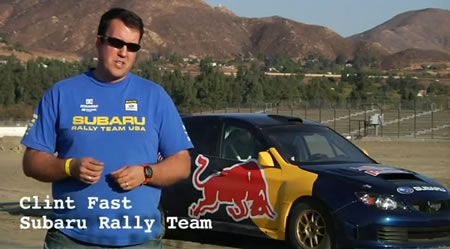
The concept of community, the communing, is about that sharing. And sharing (or storytelling, which is the big framing here) can be, in the positive construction of messaging, can be about love, loosely interpreted. One challenge to that strategy might be as well in the positioning of aligned programming and message. Meaning — how authentic are these people? How true, the brand? And Subaru just done that, spreading that notion of love in authentic contexts, as noted below.
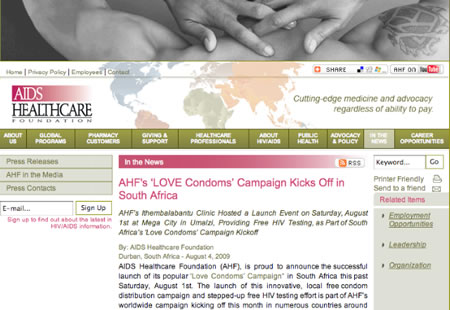
But love can be found elsewhere, initiating in perhaps a more obvious conceptions that are related to the more physical, and less psychic expression of love. The AIDS Healthcare Foundation launched its campaign in the late summer of this past year, beginning in South Africa; and that has since been evolved to other parts of the planet — and is growing still.
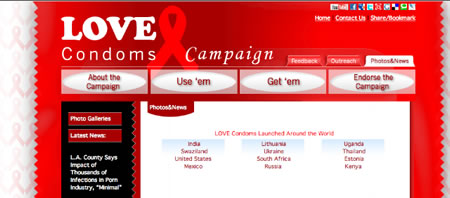
Again, the positioning is strategic: “The ‘Love Condoms’ campaign that we are now launching globally features AHF’s own specially-branded ‘LOVE’ condoms—eye catching, bright red foil condom packets with the word ‘LOVE’ printed on the wrapper. ,” said Terri Ford, Senior Global Policy Director for AIDS Healthcare Foundation. “These condoms will be distributed for free in countries across the globe where AHF has existing partnerships and/or treatment clinics as well in other countries. I was so honored to participate in the recent launch in India and now South Africa. The introduction of the ‘Love Condoms’ campaign offers us a new beginning toward restoring the condom to its critical place at the front-line of effective global AIDS prevention and control. A condom saves a life – it’s the most cost effective weapon we have to stop HIV/AIDS”.
Love is “a sentiment enthralling Madison Avenue in spite of — or perhaps as an antidote to — a downturn and two wars,” writes Andrew Adam Newman in the New York Times. He references four current ad campaigns — for Blackberry, LensCrafters, Payless Shoes, in addition to Subaru — that use “love” as a theme. Love, thematically, as a campaign element is long practiced by another branding nation, McDonald’s. Indeed, they are only the newest additions to the love craze, as continually presented by McDonald’s “I’m Lovin’ It” campaign, introduced in 2003 and still running today.
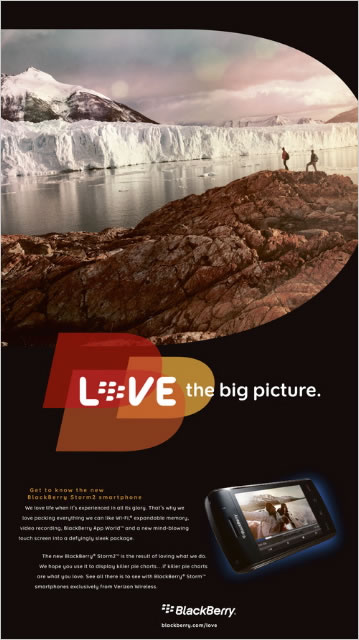
Love is in the air. Love as a strategic expression in campaigns is about living and loving life for BlackBerry’s newest evocation — an energetic treatment in which the concept of the BlackBerry mark itself is made into a kind of “love patterning”. “All You Need Is Love” by the Beatles is the only audio in the ads created by the Toronto office of Leo Burnett, part of the Publicis Groupe, and the ads inspire the viewer to “Love what you do.” Go live, and get some love. This is a fundamental positioning that lies far more in the realm of the psychological. And what might be hurting now.
Psychically speaking, “there are left-brain and right-brain approaches to advertising,” said Linda Kaplan Thaler, the CEO of the Kaplan Thaler Group, part of the Publicis Groupe. “For a long time, there was a left-brain approach” that highlighted “rational reasons and good selling points, but in the last several years studies have shown that emotional attachments really are a crucial factor in purchasing decisions.” One thing is about selling and another is about the emotional reach. These days, it might be a challenge to presume which is right. One is focus on the money (and what you can save). And the other is about the emotion — the reach to the heart.
Honda’s gone there, as well. In September — in a launch built by RPA in Santa Monica, CA, real people describe Honda owners, closing with the slogan, “Everybody knows somebody who loves a Honda.”
According to the tactical assessment by Tom Peyton, senior manager for advertising at the American Honda Motor Company, domestic automakers have struggled this year, Honda, which has remained profitable. “It’s been such a difficult year that the standard car ad you’ve seen out there is some sort of incentive offer, some kind of lower-funnel, ‘come buy it now for this reason’ approach,” he said. “Not too many companies have had the luxury of having just an upper-funnel message that espouses love.” That concept of loving might be mixed with the emotional condition of the inverse. That would be hate. New Balance built its strategy on a contrary (hate)love equation. It’s a “love running more” approach. So, to that, there’s a NewBalance video space for that, as well. Go here.
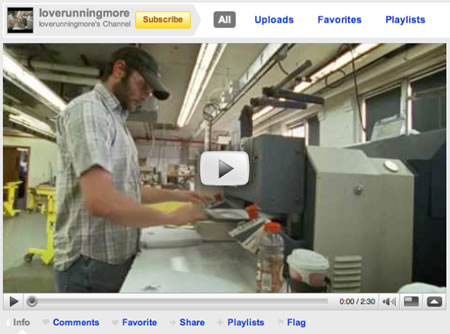
The theory of love in play, as evidenced in all of these examples, begs the question, why? The trend might be considered two-fold. One, the concept of the emotionality of brand and marketing positioning — these days, people might need that. It’s been so tough for so many people. What’s next, they wonder? Where’s the good? Can I survive? Two, the tiresome sales gigs of numberless marketers begs the impression of repetitive and boring content. We’re tired of it. There have been so many turns on “sales” that I should do a blog on the collection of “sales signing” I’ve photographed. After a while, it’s tiresome. People want something more. Now it’s love. That might be an abiding and deeper sentiment to be playing with. And — to the concept of overuse — it just might be possible that we’re already reaching that point. Love saturation.
I’d like to be saturated in love. That’s a nice way to kick off the year. Day one | 2010.
TSG
Exploring love | http://blog.girvin.com/?p=733
the reels: http://www.youtube.com/user/GIRVIN888
girvin blogs:
http://blog.girvin.com/
https://tim.girvin.com/index.php
girvin profiles and communities:
TED: http://www.ted.com/index.php/profiles/view/id/825
Behance: http://www.behance.net/GIRVIN-Branding
Flickr: http://www.flickr.com/photos/tgirvin/
Google: http://www.google.com/profiles/timgirvin
LinkedIn: http://www.linkedin.com/in/timgirvin
Facebook: http://www.facebook.com/people/Tim-Girvin/644114347
Twitter: http://twitter.com/tgirvin